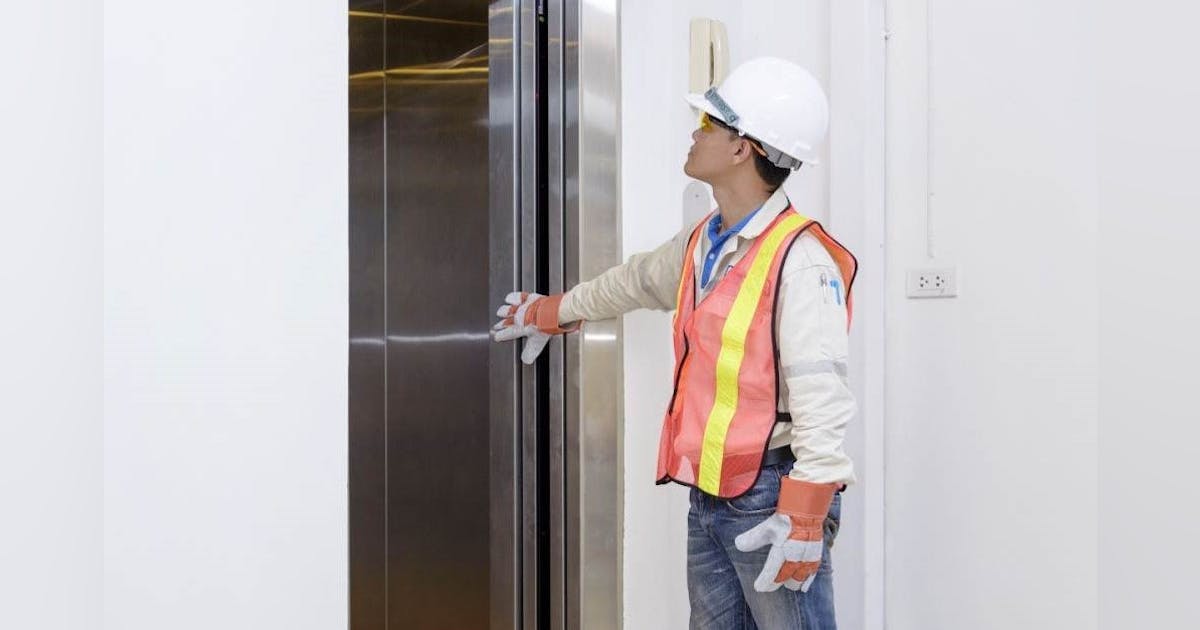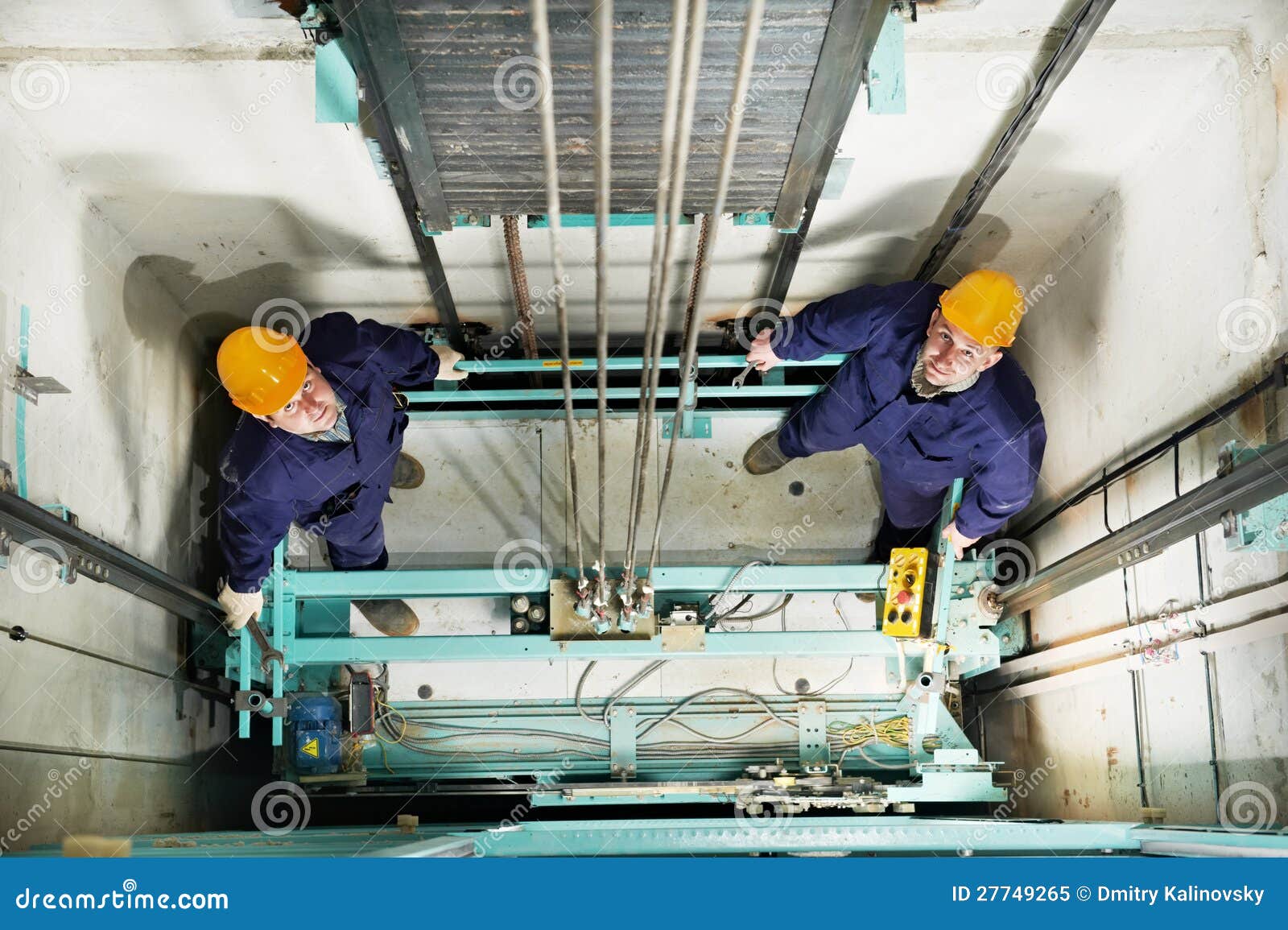Find the Leading Lift Repair Company for Specialist and Timely Aid
Find the Leading Lift Repair Company for Specialist and Timely Aid
Blog Article
Exploring the Comprehensive Steps Required for Lift Upkeep
In the realm of structure maintenance, making certain the appropriate performance and safety of lifts is extremely important. By dealing with key elements such as aggressive maintenance timetables, safety checks, and emergency situation readiness, a complete understanding of the details involved in lift maintenance can lead to enhanced effectiveness and safety.
Routine Examinations
When it comes to making certain the durability and safety of your lift system, routine examinations are critical. These routine checks play a crucial function in identifying any kind of potential problems before they rise right into significant issues, making certain the smooth and risk-free procedure of the lift. By conducting regular evaluations, maintenance groups can proactively address deterioration, damaged parts, or any kind of various other concerns that may jeopardize the lift's efficiency or safety and security.
During these examinations, educated specialists thoroughly examine different elements of the lift system, consisting of mechanical components, electric systems, safety and security attributes, and general structural integrity. By detecting and resolving concerns early on, these evaluations help protect against pricey repair work, downtime, or safety and security hazards, eventually extending the lifespan of the lift system and making sure the health of its customers.
Positive Upkeep Schedules
Applying positive upkeep timetables is essential for maximizing the effectiveness and long life of lift systems. By sticking to a proactive maintenance technique, lift proprietors can address potential issues before they escalate right into major problems, ultimately decreasing downtime and expensive repair work.
A well-structured positive maintenance timetable must describe specific jobs, frequencies, and liable employees. It is essential to comply with supplier recommendations and market criteria when producing these routines to ensure the lift operates safely and successfully. In addition, documenting maintenance activities and maintaining detailed documents can give beneficial understandings right into the lift's efficiency over time, aiding in making and determining trends informed maintenance choices.

Safety Compliance Checks
Making certain safety compliance through thorough checks is extremely important in keeping lift systems' integrity and protecting individual health. Safety and security conformity checks involve a thorough examination of numerous parts, consisting of electric systems, mechanical components, emergency brakes, doors, and other important safety features. These checks are necessary to recognize any possible hazards or malfunctions that could jeopardize the lift's procedure and put users in danger.
Routine security compliance checks ought to be carried out by qualified service technicians in adherence to market regulations and requirements. These checks assist in identifying concerns early on, permitting for timely repair services and preventive maintenance measures to be applied. Maintaining comprehensive records of safety and security conformity checks is important for tracking the lift system's performance over time and demonstrating conformity with safety and security regulations.
Tools Upgrades and Modernization
Enhancing lift systems via equipment upgrades and innovation is important for boosting efficiency and safety and security standards in upright transport. As technology developments, older lift systems may become outdated, leading to decreased reliability and prospective safety risks. By spending in equipment upgrades and modernization, structure proprietors can guarantee that their lifts fulfill existing industry requirements and regulations.

In addition to functional advantages, tools upgrades and modernization projects can also enhance the looks of the lift, providing a much more modern-day and enticing experience for travelers. Inevitably, buying lift upgrades and innovation is an aggressive method in the direction of guaranteeing the longevity, security, and performance of upright transport systems.
Emergency Situation Preparedness Planning
An efficient emergency situation readiness plan is important for making certain the safety and security and speedy response in case of unforeseen incidents entailing lift systems. Emergency readiness preparation for lift systems involves a systematic technique to alleviate threats, ensure passenger security, and lessen downtime during emergencies.
Key components of an emergency readiness plan for lifts include clear interaction procedures, routine training for lift operators on emergency situation treatments, and regular drills to examine the performance of the strategy. lift engineer. Additionally, the plan should describe particular roles and obligations for all stakeholders included, including structure management, maintenance workers, and emergency responders
In case of a lift breakdown or entrapment, having a distinct emergency plan can help in coordinating a reliable and timely action to make sure the safety and health of travelers. Prompt communication, access to emergency tools such as communication devices and emergency lighting, and knowledge of discharge treatments are vital aspects of a comprehensive emergency situation readiness plan for lift systems. By focusing on emergency situation preparedness preparation, building supervisors can boost the total safety and security and integrity of their lift systems.
Final Thought
In final thought, the extensive steps required for lift upkeep consist of routine evaluations, proactive maintenance timetables, safety conformity checks, equipment upgrades and innovation, and emergency preparedness preparation. These procedures are important for ensuring the security, reliability, and performance of lifts in different setups. By executing these steps, lift owners can decrease the threat of mishaps, expand the life-span of their tools, and conform with sector policies.

Throughout these evaluations, trained specialists completely examine numerous elements of the lift system, including mechanical parts, electrical systems, safety and security functions, and overall architectural lift engineer stability.Ensuring safety and security compliance via extensive checks is paramount in keeping lift systems' dependability and safeguarding individual well-being. Maintaining thorough documents of security conformity checks is important for tracking the lift system's performance over time and showing conformity with security laws.
By prioritizing emergency situation preparedness preparation, building managers can boost the general safety and security and reliability of their lift systems.
Report this page